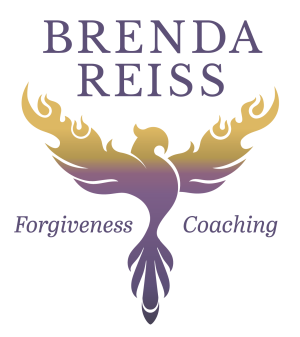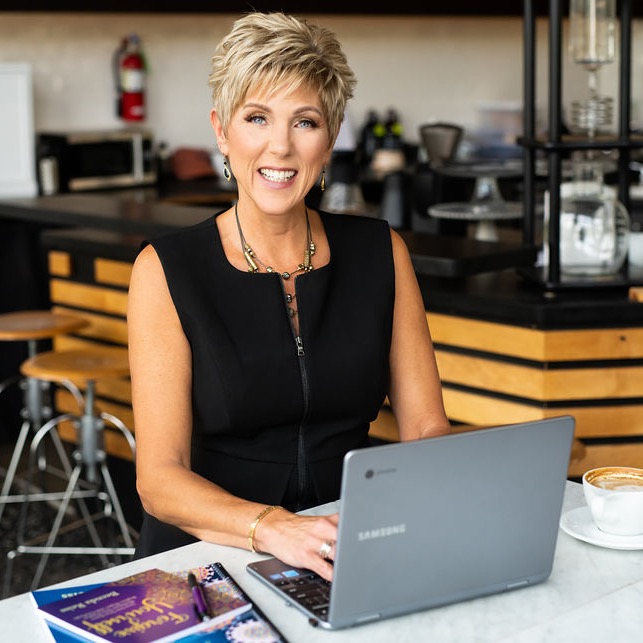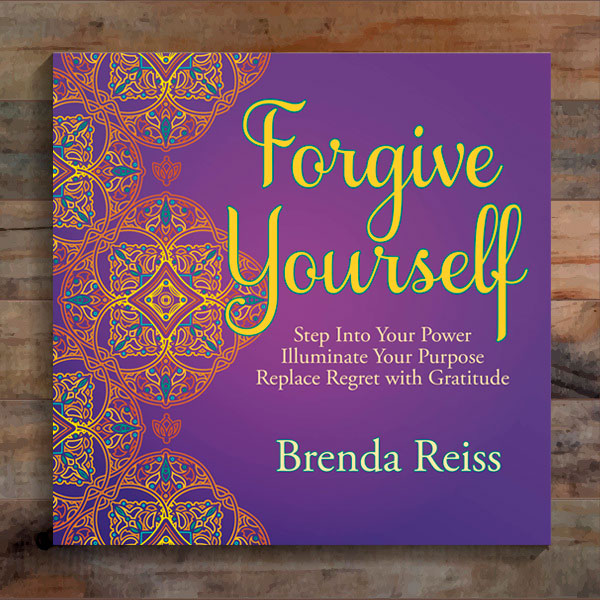Growing up, the concept of setting boundaries was alien to me. I didn’t really grasp what boundaries were, nor did I understand their importance in maintaining healthy relationships and personal integrity. However, as I encountered various personal and professional situations that left me feeling drained, disrespected, or undervalued, I began to realize the critical importance of boundaries.
Recognizing the Lack of Boundaries
Identifying Void Spaces: My journey into the world of boundaries began with a stark realization: I hadn’t set any for myself. This manifested in multiple ways—feeling uncomfortable, resentful, or overly compliant in certain interactions. It took a while for me to connect these feelings to a lack of boundaries, recognizing that I often allowed others to overstep my personal comfort zone without voicing my discomfort.
Understanding Inner vs. Outer Boundaries: There are two kinds of boundaries: inner and outer. Inner boundaries relate to limits I set within myself, managing my own actions and responses. On the other hand, outer boundaries involve how I expect others to behave towards me. Understanding this distinction was pivotal. It allowed me to begin the work of delineating what was acceptable in my interactions with others and what was strictly off limits.
Setting Boundaries in Practice
Engaging with My Reactions: To effectively set boundaries, I started by pinpointing where and with whom I felt my limits were being tested. Was there a friend who constantly belittled my achievements? A colleague who always expected me to stay late? Recognizing these situations helped me focus not on changing others but on changing my response to their actions.
Unpacking Triggers and Old Patterns: A significant part of this process involved diving into my internal beliefs and old emotional patterns—those subconscious scripts that played out whenever I interacted with certain individuals. Understanding these triggers helped me break free from the cycle of negative reactions and start setting healthier patterns of interaction.
Communicating My Boundaries
Expressing My Needs Clearly: I learned the power of assertive communication. Instead of allowing resentments to build or feeling victimized, I began to express my discomfort plainly and respectfully. Phrases like, “I feel undervalued when my time isn’t respected, and I need that to change,” became part of my vocabulary.
Navigating Difficult Conversations: Some boundary-setting involved engaging in difficult conversations. These discussions were often challenging but necessary for asserting my self-worth. Approaching these talks with honesty about how I felt, rather than accusatory blame, was crucial for maintaining dignity and mutual respect.
The Empowerment of Enforcing Boundaries
Setting boundaries has been nothing short of transformative for me. It brought a deep sense of empowerment and a stark improvement in my personal and professional relationships. By valuing my own well-being and clearly communicating my needs, I experienced a profound shift in how others treated me and, more importantly, how I treated myself.
This journey taught me that boundaries aren’t just protective barriers; they’re the expressions of our self-respect and modes through which we teach others how to value us. I hope sharing my path helps illuminate the way for others to find their voice and reclaim their power through boundary setting. Remember, the road to self-respect begins with you deciding where your boundaries lie.




0 Comments